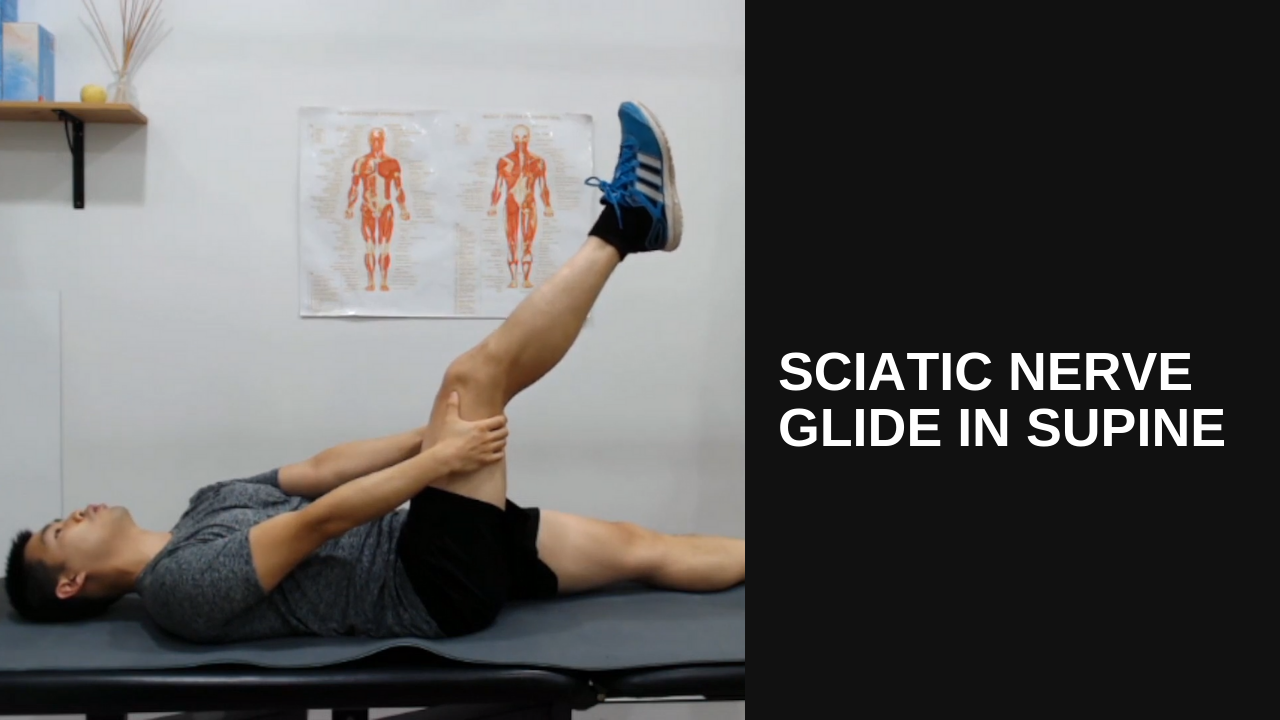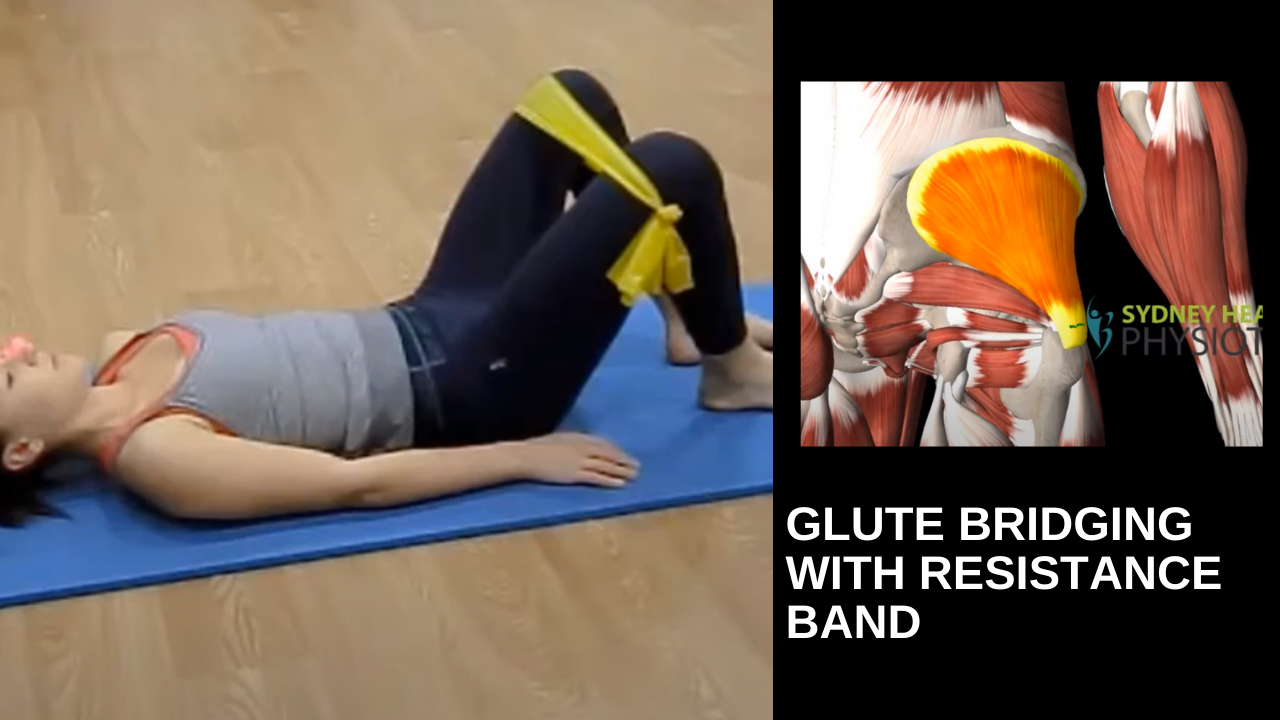Side-lying rotator cuff
The rotator cuff muscles consist of your:
Subscapularis
Supraspinatus
Infraspinatus
Teres Minor
These muscles stabilise your shoulder joint when at rest and with movement. Some shoulder rotator cuff injuries are more common than others. These include:
Rotator cuff impingement
Rotator cuff Tendinopathy
Bursitis
Rotator Cuff tears
What are the Symptoms of Rotator Cuff Injury?
While each specific rotator cuff injury has its own specific symptoms and signs, you can suspect a rotator cuff injury if you have:
Pain/clicking while moving your arm overhead.
Shoulder pain consists of pain from the tip of your shoulder down towards your elbow.
Shoulder muscle weakness or pain when attempting to reach or lift.
Shoulder pain when putting your hand behind your back or head.
shoulder pain reaching for a seatbelt, putting your belt on, putting your bra on, pulling up your pants or even just pouring the kettle.
To do this exercise
This is a common exercise given to strengthen your rotator cuff muscles.
Lay on your side in a comfortable position with your working arm up
Start light with 0.5-1kg weight
Keep your elbow bent, resting along your torso, rotate your shoulder outwards
Exercise approx. 10-15 repetitions for 2 sets
If you are experiencing any of these symptoms or have been told by your doctor about any of these conditions please come see us for an assessment at Sydney Health Physiotherapy so we can provide you with the right exercises for YOU and your level of ability.










